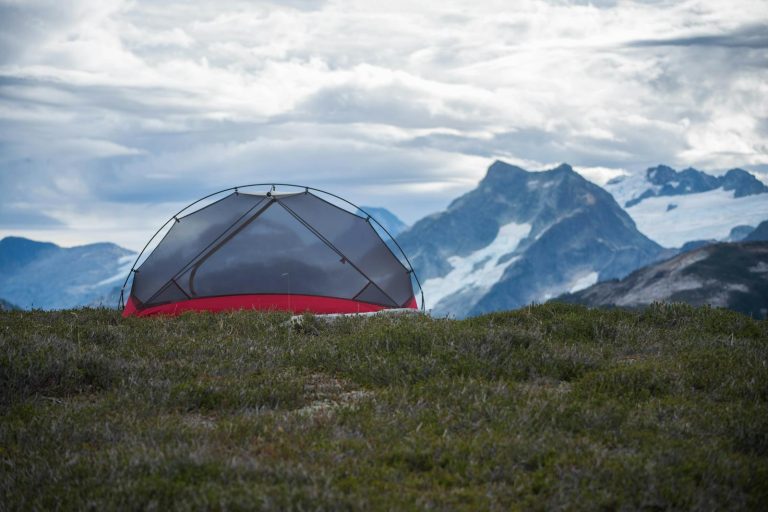Living in hurricane-prone regions like Florida, Texas, and other coastal areas requires careful preparation and readiness. Hurricanes can bring strong winds, heavy rain, storm surges, and potential power outages, making thorough preparation essential for your safety and well-being. Here’s a comprehensive hurricane prep guide to help you get through the next season! According to experts, 2024 is going to have a very active hurricane season, so let’s get to it…

Creating a Hurricane Preparedness Plan
The first step in readiness is establishing a comprehensive hurricane preparedness plan. This plan should include a clear family communication strategy, ensuring everyone knows where to meet if separated during an emergency. It’s essential to designate an out-of-state contact as well, as local communication lines may be disrupted.
Learn Your Evacuation Routes
Equally critical is familiarizing yourself with local evacuation routes and the nearest emergency shelters. Keep a list of emergency contacts handy, including local authorities, utility companies, and insurance providers. Ensure all family members are aware of these details, and rehearse the evacuation plan regularly to minimize confusion during a crisis.
Put Together an Emergency Kit
Preparing an emergency kit is another vital aspect of hurricane readiness. This kit should include essentials such as water and non-perishable food, providing at least one gallon of water per person per day for at least three days. Non-perishable food items like canned goods, granola bars, and dried fruits should be stocked well in advance. Additionally, pack a first aid kit with bandages, antiseptic wipes, medications, and prescription drugs.
Here’s a list of essential items to include:
- Water: Provide at least one gallon of water per person per day for at least three days.
- Non-Perishable Food: Stock up on canned goods, granola bars, dried fruits, and other non-perishable food items.
- First Aid Kit: Include bandages, antiseptic wipes, medications, and prescription drugs.
- Flashlights and Batteries: Have multiple flashlights and extra batteries ready. Avoid candles due to fire risks.
- Personal Hygiene Items: Pack toiletries, hygiene products, and sanitation supplies.
- Cash: Have some cash on hand as ATMs may be inaccessible during power outages.
Secure Your Home
When securing your home, focus on protecting windows and doors from potential storm damage. Installing storm shutters or boarding up windows with plywood can mitigate the risk of shattered glass from strong winds and flying debris. Ensure all doors have sturdy locks and consider reinforcing your roof if necessary. It’s also prudent to trim trees and shrubs and secure outdoor furniture, garbage cans, and any other loose items that could become projectiles in high winds.
Monitor The Weather!
During a hurricane watch or warning, staying informed is paramount. Regularly monitor weather updates and official announcements from local authorities. Sign up for emergency alerts through local news stations or weather apps on your smartphone to receive real-time information and instructions. If evacuation orders are issued, adhere to them promptly and prepare to evacuate safely.
Stay Indoors
When the hurricane strikes, prioritize staying indoors and keeping yourself and your family safe. Choose a secure room away from windows, ideally on the lowest level of your home. Avoid flood-prone areas and do not attempt to walk, swim, or drive through floodwaters, which may conceal dangerous debris or be deeper than they appear.
After the Hurricane…
Hurricane prep isn’t just about surviving the storm, it’s also about dealing with everything that happens after one.
After the hurricane passes, exercise caution as you assess the damage to your property. Stay indoors until authorities confirm it’s safe to venture outside, and inspect your home for any structural damage or hazards. Use a battery-powered radio to stay updated on local news and safety advisories. Document any damage with photographs to assist with insurance claims and avoid using appliances if they are wet or damaged until they have been inspected by a professional.
Dealing with a Power Outage
Finally, during the cleanup phase, prioritize safety. Clear debris cautiously, wearing protective clothing and gloves to prevent injury. Boil water for drinking and cooking until authorities confirm it’s safe, and report any downed power lines or other hazards to the relevant authorities immediately.




